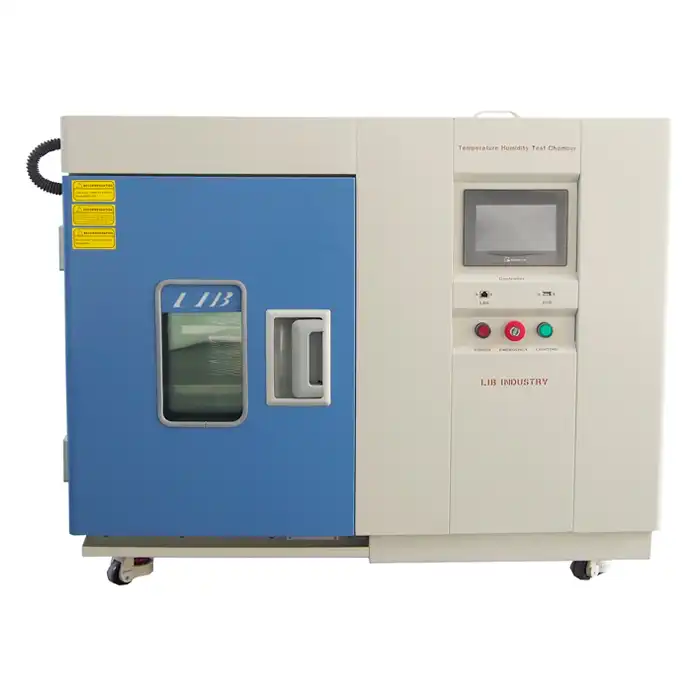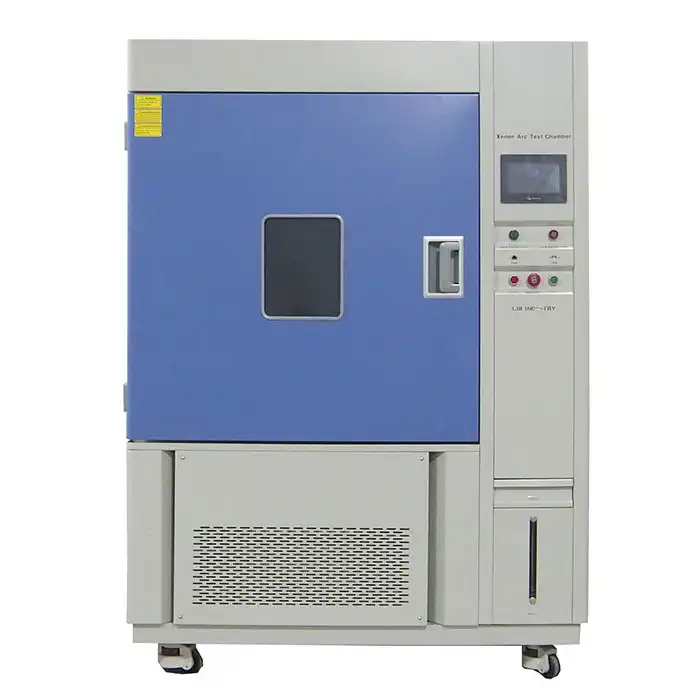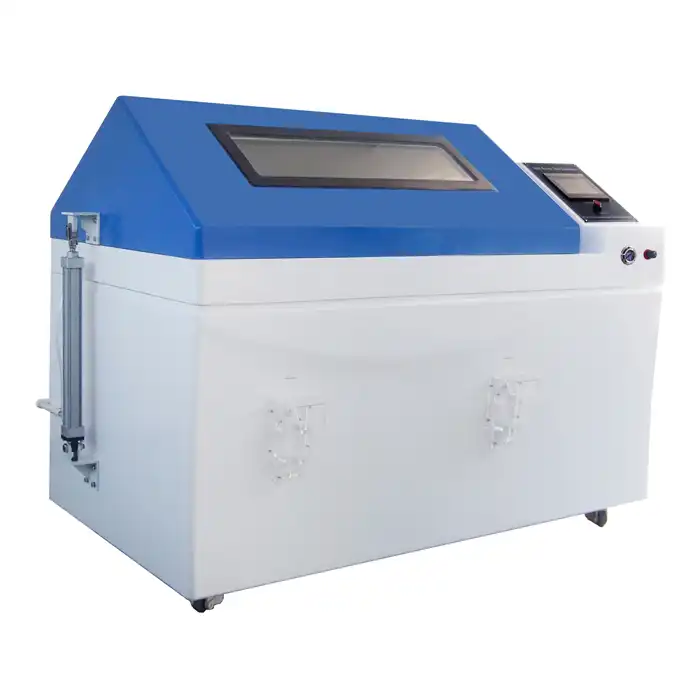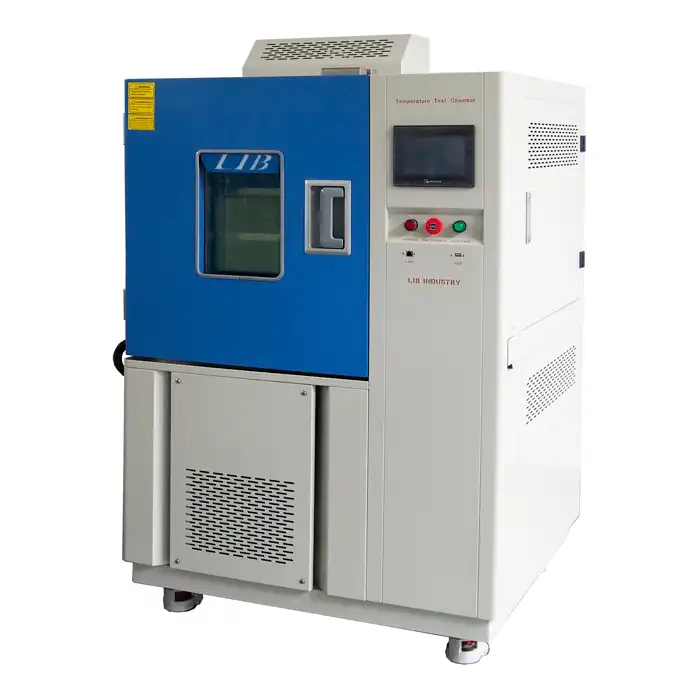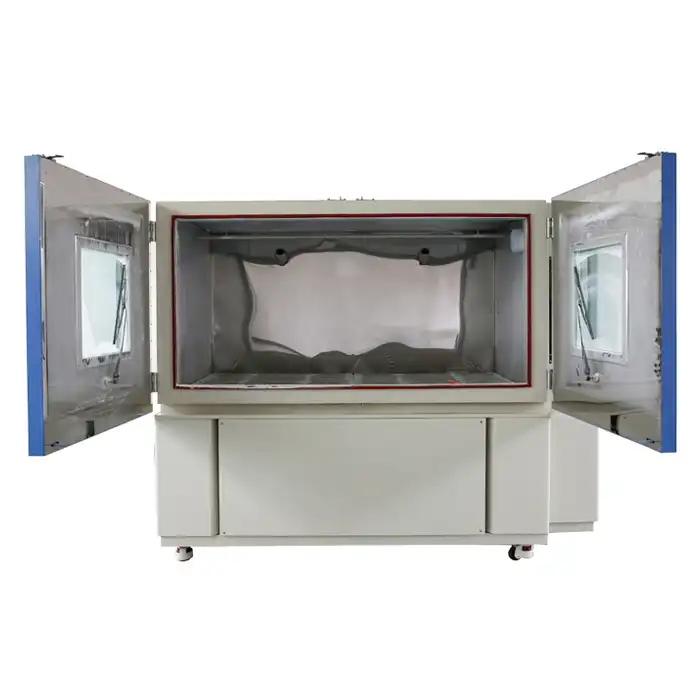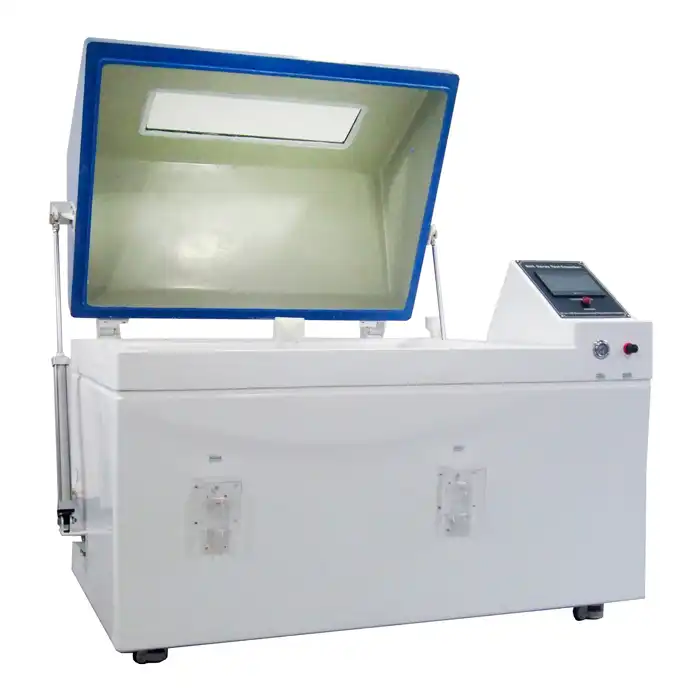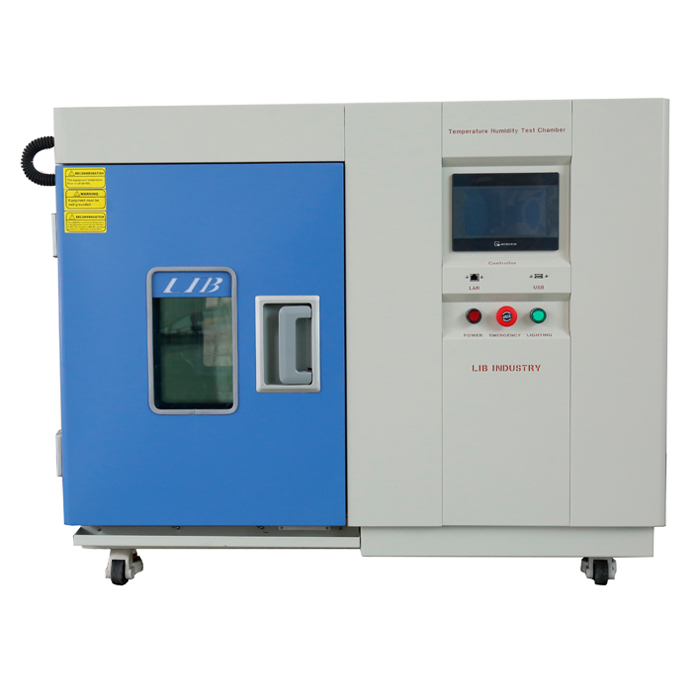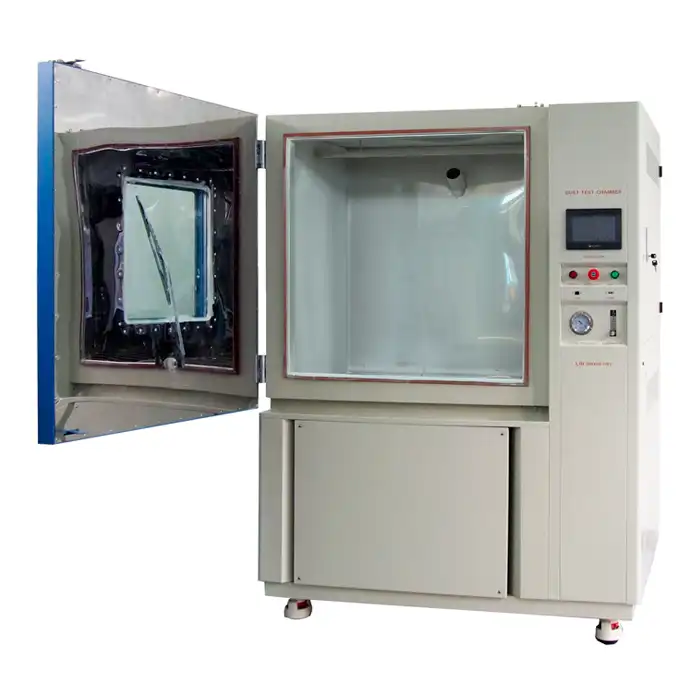What is the standard for altitude testing?
Altitude testing is a critical process in various industries, ensuring that products and materials can withstand the pressures and conditions experienced at high altitudes. Whether it's for aerospace components, military equipment, or electronics, understanding and adhering to altitude testing standards is essential. A key tool in this process is the temperature altitude chamber, which simulates the environmental conditions at different altitudes. This blog will explore the standard practices in altitude testing, the role of temperature altitude chambers, and what you need to know to ensure compliance with industry requirements.
What Are the Key Standards for Altitude Testing?
Altitude testing is guided by several standards that vary depending on the industry and specific application. However, some universal standards are widely accepted, ensuring consistency and reliability across different sectors.
MIL-STD-810
One of the most recognized standards, especially in military and aerospace applications, is the MIL-STD-810. This standard outline environmental engineering considerations and laboratory tests, including altitude testing. It specifies the procedures for determining the effects of low pressure (high altitude) on equipment performance. The tests often include temperature variations, simulating the conditions encountered during rapid ascent or descent.
RTCA DO-160
This standard is specific to the aerospace industry and defines environmental conditions and test procedures for airborne equipment. It includes altitude testing to assess the impact of high altitudes on the functionality and safety of aerospace components. Testing in a temperature altitude chamber according to this standard ensures that avionics and other critical systems operate reliably at different altitudes.
ISO 2669
The International Organization for Standardization (ISO) has also set guidelines for altitude testing. ISO 2669 focuses on environmental testing procedures for altitude testing of aerospace components. It provides a framework for evaluating the performance of materials and products under simulated high-altitude conditions, ensuring that they meet safety and operational requirements.
These standards highlight the importance of altitude testing in ensuring that products can perform effectively under high-altitude conditions. Compliance with these standards is essential for manufacturers aiming to produce reliable and safe products, especially in industries where high-altitude performance is critical.
How Does a Temperature Altitude Chamber Work in Altitude Testing?
The temperature altitude chamber is a vital piece of equipment in altitude testing. It allows for the simulation of high-altitude conditions in a controlled environment, enabling accurate testing and evaluation of products.
Simulating Environmental Conditions
A temperature altitude chamber simulates the low-pressure conditions found at high altitudes by reducing the air pressure inside the chamber. Additionally, it can adjust the temperature to mimic the cold or warm conditions often encountered at different altitudes. This dual functionality is crucial because products may not only be affected by the pressure change but also by the temperature variations that occur at different heights above sea level.
Testing Procedures
During testing, the product or material is placed inside the chamber, where it is subjected to the simulated altitude conditions. The chamber allows for precise control over both pressure and temperature, ensuring that the testing conditions match the required standards. Depending on the specific test, the product may be subjected to prolonged exposure to these conditions or rapid changes to simulate ascent or descent.
Data Collection and Analysis
One of the key benefits of using a temperature altitude chamber is the ability to collect real-time data on how the product responds to the simulated conditions. Sensors inside the chamber monitor changes in the product’s performance, structural integrity, and other critical factors. This data is then analyzed to determine whether the product meets the necessary standards and can withstand the conditions it will face in real-world applications.
Temperature altitude chambers are indispensable in the altitude testing process, providing the controlled environment necessary for accurate and reliable testing. By simulating the conditions that products will encounter at high altitudes, these chambers play a crucial role in ensuring product safety and performance.
Why Is Altitude Testing Important for Product Development?
Altitude testing is not just a regulatory requirement; it is a critical step in the product development process, especially for industries where products are used at high altitudes.
Ensuring Reliability and Safety
Products used in high-altitude environments, such as aircraft, military equipment, and even consumer electronics, must perform reliably under extreme conditions. Altitude testing using a temperature altitude chamber helps identify potential failures that could occur due to low pressure or temperature changes, ensuring that these issues are addressed before the product goes to market. This testing is vital for safety, as failure to perform at altitude could result in catastrophic outcomes, especially in aerospace and defense applications.
Meeting Industry Standards
As discussed earlier, various standards govern altitude testing, and compliance with these standards is often mandatory. Altitude testing ensures that products meet these standards, which is crucial for gaining certifications and approvals required to sell products in certain markets. For example, in the aerospace industry, passing RTCA DO-160 tests is often a prerequisite for product approval.
Enhancing Market Competitiveness
Companies that invest in thorough altitude testing demonstrate a commitment to quality and safety, which can be a significant competitive advantage. Products that are proven to perform well at altitude can be marketed as more reliable and durable, appealing to customers in sectors where high-altitude performance is essential. This can help companies stand out in crowded markets and secure contracts with high-value clients.
Altitude testing is an essential component of product development, especially for industries where high-altitude performance is a critical requirement. By ensuring that products can withstand the conditions they will face in real-world applications, altitude testing helps manufacturers produce safer, more reliable products that meet industry standards and customer expectations.
Conclusion
Altitude testing is a vital process that ensures products can withstand the harsh conditions experienced at high altitudes. By adhering to recognized standards and using advanced tools like temperature altitude chambers, manufacturers can ensure their products are reliable, safe, and ready for real-world applications. Whether you're in the aerospace, military, or electronics industry, understanding and implementing altitude testing standards is crucial for product success.
If you want to learn more about this kind of Temperature Altitude Chamber, welcome to contact us info@libtestchamber.com.
References
1. MIL-STD-810H. "Department of Defense Test Method Standard: Environmental Engineering Considerations and Laboratory Tests." United States Department of Defense, 2019.
2. RTCA DO-160G. "Environmental Conditions and Test Procedures for Airborne Equipment." Radio Technical Commission for Aeronautics, 2010.
3. ISO 2669:1995. "Environmental Tests for Aerospace Components – Altitude Testing." International Organization for Standardization, 1995.
4. Geyer, Steven F., et al. "Altitude Simulation Test Chamber: Design and Application in Aerospace Testing." Journal of Aerospace Engineering, vol. 29, no. 5, 2016, pp. 04016039.
5. Sharma, Rakesh, and Ajay Singh. "A Study on the Importance of Altitude Testing in Military Equipment Design." Defense Science Journal, vol. 67, no. 4, 2017, pp. 425-432.



